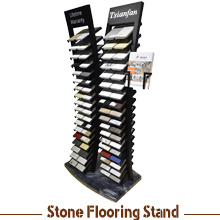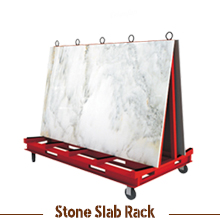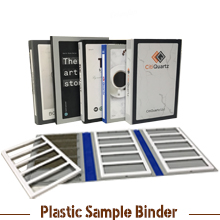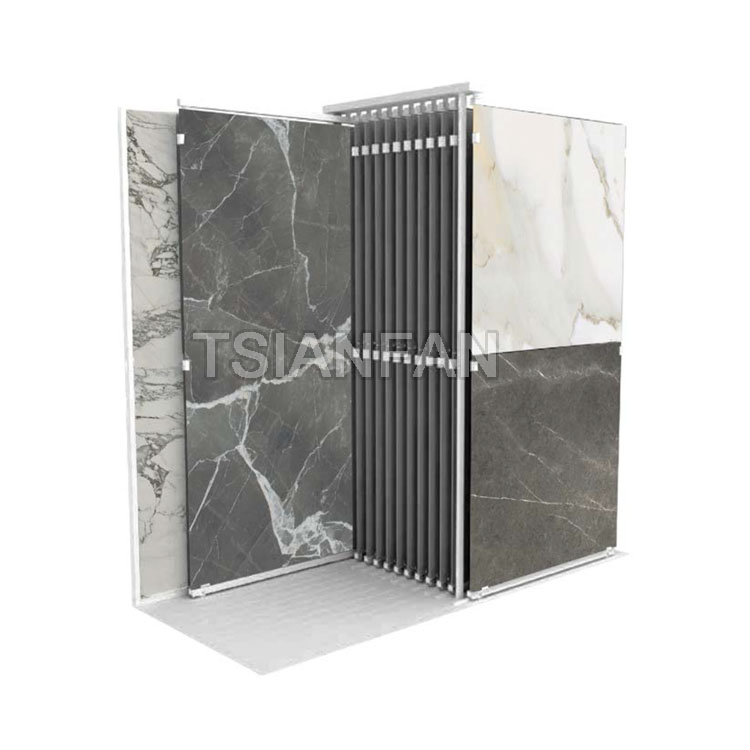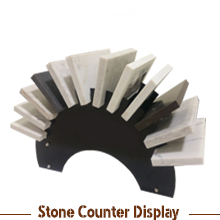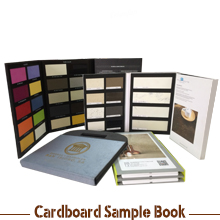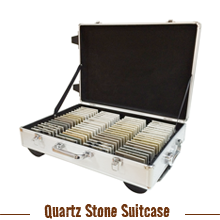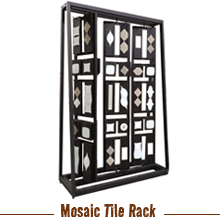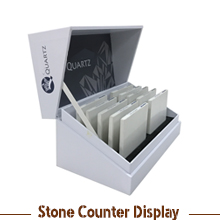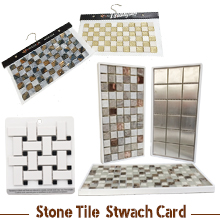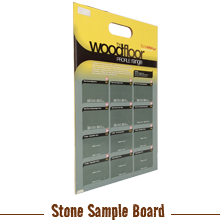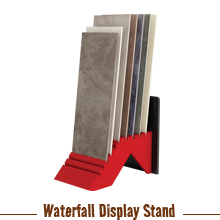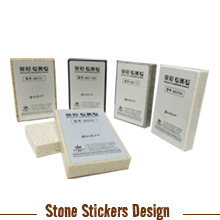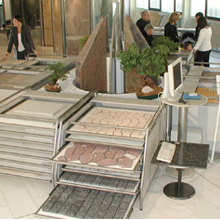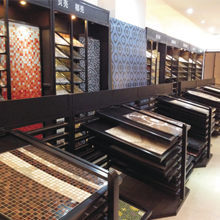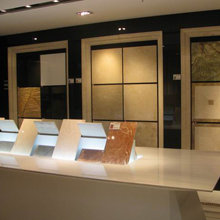Lacquered Glass and Its Many Uses
Time: 2014-12-31 09:39:09 Source: Quartz Stone Display
Lacquered glass, colored and opaque in appearance, is produced by depositing and then baking a coating of lacquer to one side of clear glass. Lacquer is a solution of film-forming materials, natural or synthetic, usually applied as an ornamental or protective coating.In the case of conductive materials such as metals lacquers are preferably applied by means of electrostatic lacquering. The charging of the powder lacquer particles which is required for electrostatic lacquering can take place by direct contact of the particles with high-voltage electrodes.For the electrostatic lacquering of non-conductive surfaces such as glass a layer of a conductive organic polymer from the class of the polypyrroles, polyanilines or polythiophenes is applied to the surface and this layer is then electrostatically lacquered. This technique is commonly used in the manufacturing of glass. The electrically conductive polymer dispersions can be used alone or in combination with binders such as polyurethanes, polyvinyl acetate, polyacrylates, unsaturated polyester resins or their mixtures. The binders are preferably used as aqueous dispersion or emulsion or solution. Additives such as salts of long-chain aliphatic acids, lower alcohols (methanol, ethanol) can be added to the aqueous dispersions of conductive polymer and optionally binders.
This unites coloured lacquer with the brilliance of glass. It brings colour and ambiance to interiors and is particularly suitable for more demanding locations, such as bathrooms and kitchens. In homes, offices, hotels, shops and museums, clear glass fused with lacquer creates smooth,homogenous surfaces as wall-panelling, in furniture and in wardrobe and cupboard doors.
Advantages
• Inspiring modern-day design
With colour and light effects, lacquered glass helps convey a bright and creative appearance for walls and furniture. Enhanced by the glass, the colour brightens up interiors and animates surroundings with reflections and brilliance.
• A durable and flawless finish
As the lacquer is applied to the back of the glass, it is protected from damage, ensuring durability. Its brilliance is far superior to that of gloss paints.
• Resistance to humidity
This variety ig glass can be used in high humidity rooms, such as kitchens and bathrooms.
• Safety
Where the use of safety glass is required, it is advisable to use a safety film backed version. This is a common process followed by several glass manufacturers.
Processing Range
After the coat of lacquer has been bonded, the final product can be cut, edge-worked and drilled like ordinary mirrored glass. When cutting the glass, it is important to place the sheet with the lacquered face down on a clean cutting table to avoid damaging the lacquer.
This variety of glass can be customised by cold-painting decorative patterns or logos onto the glass surface. It can also be sandblasted and engraved. Different effects can be achieved, depending on whether the glass or lacquered face is treated.
Sustainability
Lacquered glass helps to maintain a clean and non-polluted environment. The manufacturing of glass of this variety complies with the strictest regulations relating to the control of emissions of Formaldehyde and other Volatile Organic Compounds, commonly known as VOCs.
Author Bio: Mihir Mehta, 28 years old Marketing and branding professional working at Asahi India Glass Ltd. He is based in Mumbai, follows the latest technology and is a cricket fanatic.
�ؼ���:Stone Tile Display Ceramic Tile Wooden Rack Mosaic Tile Display
�������:
The beauty of Gardipool
Glass For The Ultramodern Home
Lacquered Glass and Its Many Uses
Modern or Traditional Kitchen Designs Delph?
How to give your home a new look via different types of floorings




